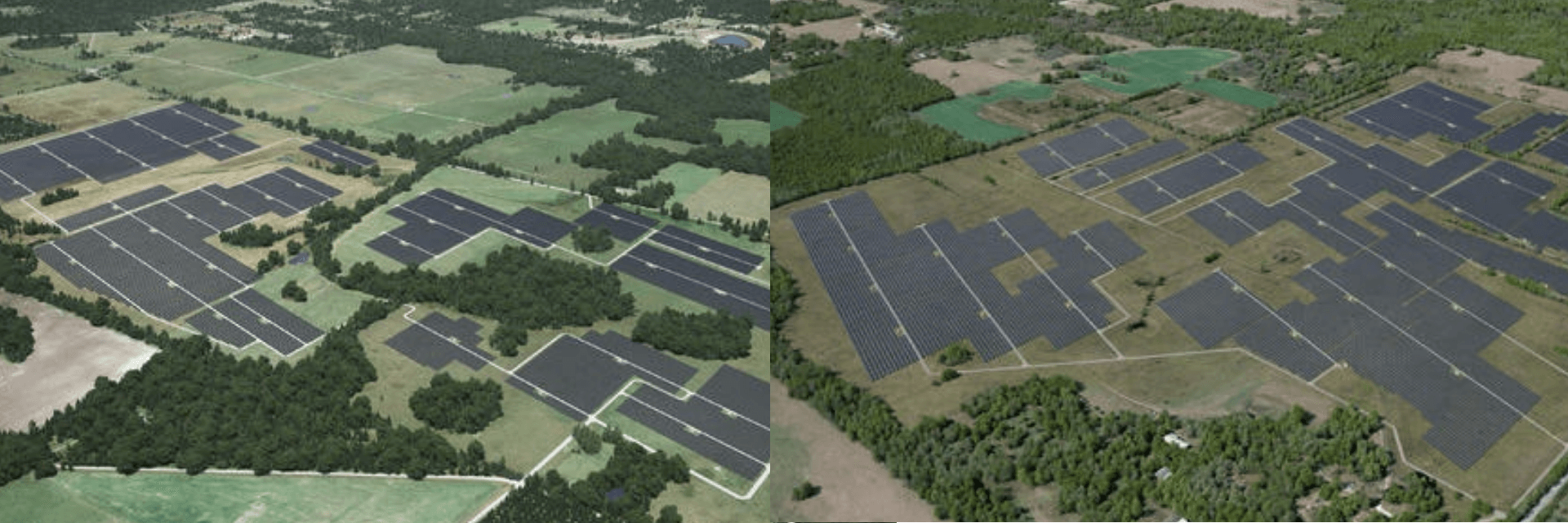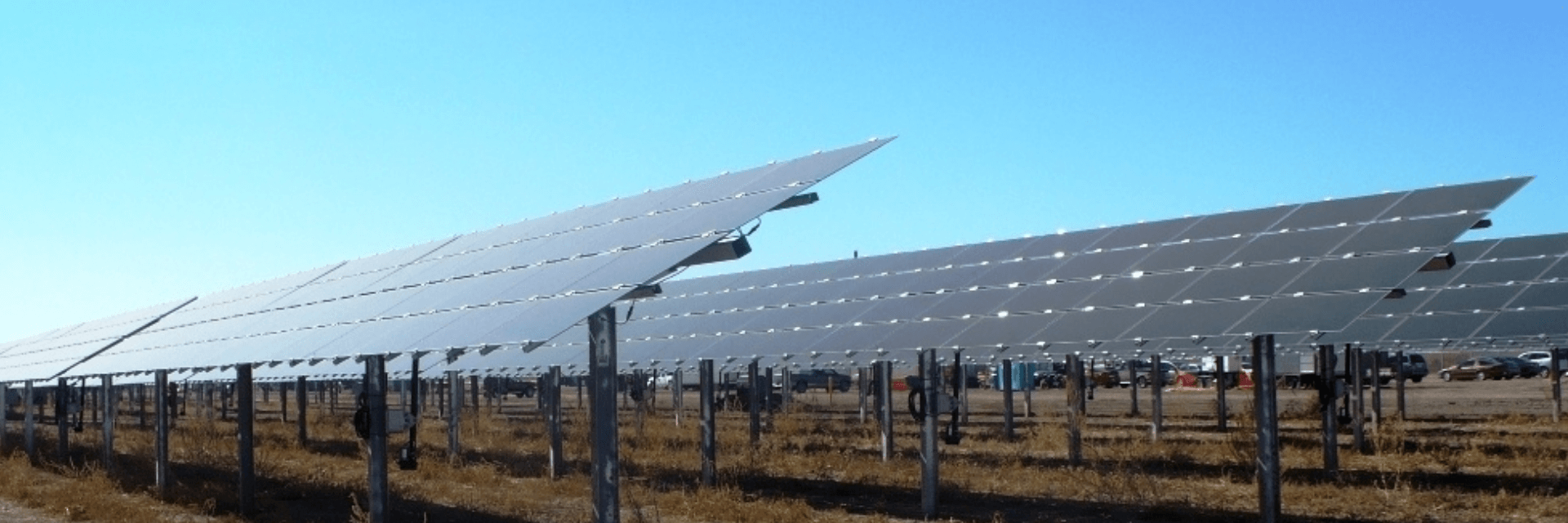Wireless Solar Communications Technology Reduces Cost and is Easier to Maintain
In early 2010, wireless technology wasn’t considered robust or reliable enough for industrial environments. A lost data connection could potentially cost millions each minute of downtime.
Now in 2016, wireless connections are considered even more reliable and redundant. They’re preferred in industrial atmospheres, but particularly in large solar environments where miles of cable can be expensive to install and maintain.
SunEnergy1 & Duke Energy Renewables
Duke Renewables and contractor SunEnergy1 built the largest solar farm operating east of the Mississippi, in Conetoe, NC. This vast 800 acre solar farm is comprised of 375,000 solar panels, and was built in just under 10 months.
What Our Clients Say About Us
Working on a solar farm is tough. The unpredictable environment, isolated locations, and taxing schedules challenge even the best of companies.
We’ve worked with Affinity Energy on over a dozen solar projects. On every single one of those projects, their field services team gets the job done on time. And at the end of the day, that’s what is most important to us!
David Giles
Operations & Maintenance Manager at SunEnergy1
Challenge
In 2015/2016, Duke Energy Renewables wanted to outfit their new 80MW solar farm in Conetoe, North Carolina with controls and insight into each critical operational piece of equipment.
They wanted to see the performance of each solar array, the positional data of the panels tracking system, and the key irradiance data from the site’s four weather stations.
These data points included wind speed and direction, ambient temperature, POA, HOA and BOM sensors data, tracking positions and set points, voltage and KW production. All of these data points are used to access the performance and health of the systems performance at any given point in time, and used to dispatch repair teams accordingly.
Because the site spans over 800 acres, their primary concern was ensuring communication reliability over long distances and the creation of a redundant network to ensure continued reporting should anyone device fail.
Another prominent concern was the cost and downtime of traditional hardwired communications. Not only would a wired infrastructure in a large solar field take months for trenches to be dug, fiber cables to be buried, fiber to be converted into copper, and infrastructure to be wired, the cost of labor and materials would be astronomical. In the long term, troubleshooting, future repair, and accident scenarios (such as accidentally cutting a hidden cable) can result in days to weeks of production downtime.
Solution
At less than 10% of the cost of a wired infrastructure and with comparable reliability for this particular application, a wireless communications infrastructure was a must-have for the Conetoe solar site. Duke Renewables worked through their contractor, SunEnergy1, to contract with Affinity Energy in early 2016 to design, provide, and install a Weidmuller wireless communications infrastructure that reported back to a web-based supervisory control and data acquisition (SCADA) system.
After conducting a wireless site survey to ensure strong wireless reliability, Affinity Energy solar experts determined 900MH radios would make the most sense for the giant solar farm. Even though 900MH radios are known for providing less bandwidth than industrial 2.4GH, their line of site offers an astounding 20-40-mile radius. In addition, because the data Duke Renewables was interested in receiving was processed, the high bandwidth of 2.4GH wasn’t necessary.
To ensure a honeycomb of redundancy with multiple connections to multiple radios, Affinity Energy set up a wireless mesh network. If a failure happened to occur, it would only affect one radio instead of dropping communications from an entire section of the farm. To reduce complexity to the communications system, Affinity Energy installed 15KW central inverters within the infrastructure.
Results
In just two weeks, Duke Renewables’ communications structure had a fully-integrated wireless backbone. Due to the simplified network, there are less points of failure, which means Duke Renewables has more peace of mind that even if a radio happens to go bad (a rarity), a new radio can be installed in just half an hour.
After the successful completion of inexpensive, quick, and simple wireless integration, Duke Renewables contacted Affinity Energy again and asked them to install wireless redundancies throughout the solar field for extra security.
Related Success Stories
Duke Energy Solar Site Monitoring and Solar Integration
To ensure they didn’t lose valuable monitoring data from existing hardware, Duke Energy asked Affinity Energy to integrate both their own SCADA solution, and the preexisting hardware in parallel. It…
75MW Solar Site SCADA and Field Controls for a Large Solar Developer
In 2017, a large solar developer with dozens of solar projects across the US chose Affinity Energy to implement SCADA at several 75MW plants in the Southeast. This Fortune 200 company is one of the…
20MW Solar Noncompliant Ramp Rate Response
A 20MW site in violation of their interconnection agreement looked to Affinity Energy to correct ramping behavior and remove oscillation in curtailed output.



